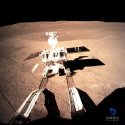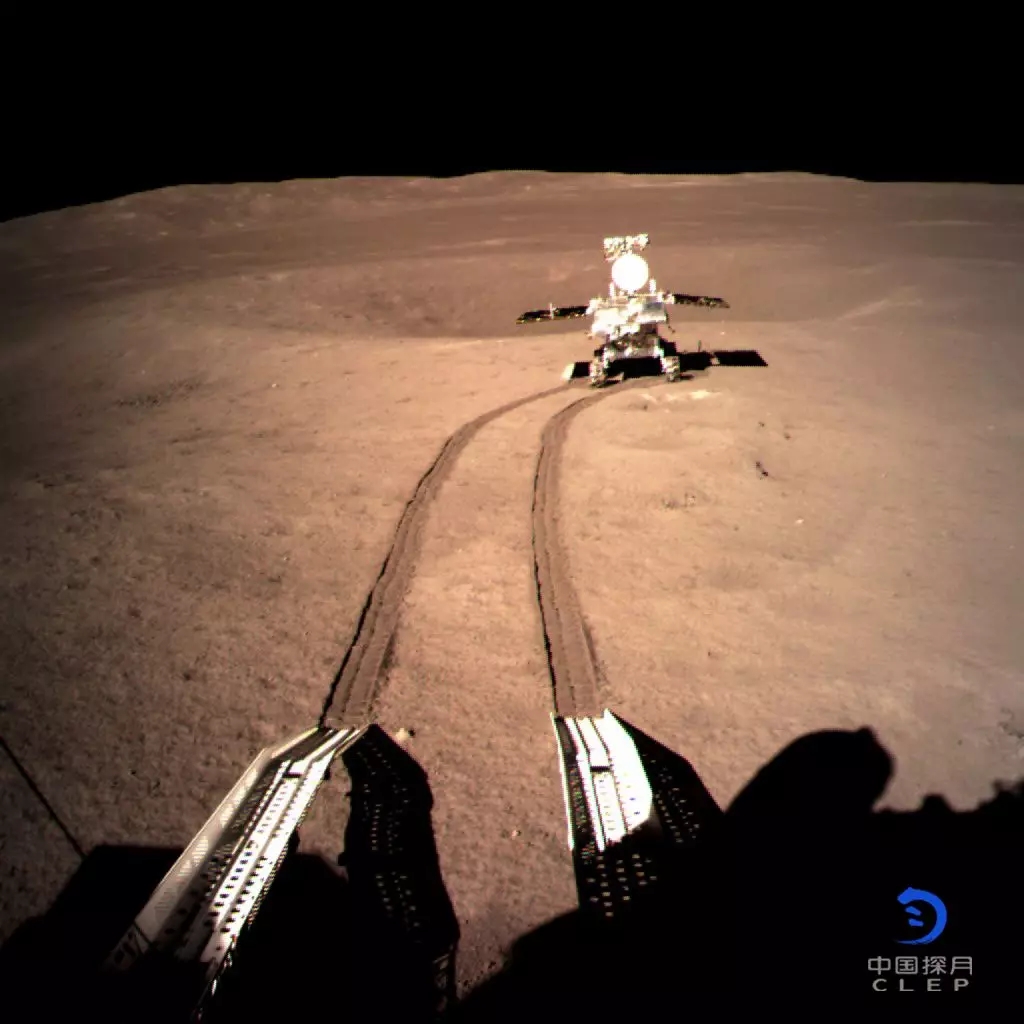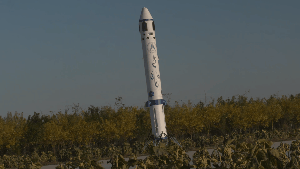Quickie
Colonel
why Apollo and other countries haven't managed to land on the far side of the moon? Is it technically difficult? why?
Is it because of this reason?
"The success of the mission represents a landmark in human space exploration. The area where the probe has landed faces away from earth, meaning it is free from radio frequencies. As a result, it is not possible for a lunar rover to communicate directly with ground control. To overcome this hurdle, China launched a dedicated satellite orbiting the moon earlier this year that will be able to relay information from the rover to earth"
Another question is .... why China "insist" to land on the far side ... what special is it ?
Technically, it's a first on 2 fronts.
1. Soft landing on the far side of the moon.
2. Inserting the Queqiao relay satellite into the L2 Halo Orbit, which actually has empty space at its center i.e orbiting empty space farther off from the moon orbit. Also in the process deploying two microsatellites called Longjiang-1 and 2.
How China's lunar relay satellite arrived in its final orbit
After a 24-day journey, Queqiao, the , successfully entered its Earth-Moon L2 halo orbit. A normal mission to lunar orbit usually takes four or five days, but Queqiao took much longer due to its special orbit. Here's a guide to the spacecraft's long and complicated journey.
Revised from Lunar Exploration and Space Engineering Center.
QUEQIAO RELAY
Relative locations between the Earth, the Moon, and Queqiao relay satellite. Not to scale.
Stage 1: from Earth to the vicinity of the Moon
After launch on May 21 at 5:28 a.m. Beijing time (21:28 UTC May 20), Queqiao was directly sent into an Earth-Moon transfer orbit without an Earth parking orbit phase. There are two kinds of transfer orbits from Earth to the vicinity of Earth-Moon L2. One is direct transfer, which is directly from Earth (or Earth parking orbit) to L2.
From Farquhar (1971)
DIRECT TRANSFER TO EARTH-MOON L2
Another is lunar swing-by, which makes use of lunar gravity. This trajectory saves more energy but takes longer.
From Farquhar (1971)
LUNAR SWING-BY TO EARTH-MOON L2
Qeqiao used a lunar swing-by transfer orbit with an apogee of about 400,000 kilometers from Earth. This transfer orbit usually needs 2 or 3 trajectory correction maneuvers (TCMs) and takes about 4 or 5 days to arrive at the Moon. On May 22, Queqiao made its first TCM, and that turned out to be the only one necessary.
On May 25, Queqiao performed another burn when it flew past the Moon at a distance of just 100 kilometers. This successfully put it on a Moon-L2 transfer orbit.
Stage 2: from the vicinity of the Moon to the vicinity of the Earth-Moon L2 point
Queqiao entered at the vicinity of the Earth-Moon L2 point four days later. It still needed to adjust its orbit many times to enter the L2 halo orbit required for its mission.
Stage 3: from the vicinity of the EM-L2 point to the mission halo orbit
On June 14, Queqiao finished its final adjustment burn and successfully entered the L2 halo mission orbit, which is about 65,000 kilometers from the Moon. This is the first-ever lunar relay satellite at this location.
CAST and ISSE
QUEQIAO'S PATH TO EARTH-MOON L2
Because of the precise launch and orbit insert, Queqiao only conducted one TCM instead of the planned three TCMs.
Next, Queqiao will contact a series of relay communication tests with Earth.
Longjiang-2: Earth images from lunar far side
After launch and en route to the Moon on May 21, Queqiao deployed two microsatellites called Longjiang-1 and 2. Four days later on May 25, both satellites were supposed to perform a braking maneuver to enter lunar orbit. Unfortunately, only Longjiang-2 was confirmed to successfully enter lunar orbit, with a perigee of 350 kilometers and an apogee of 13,700 kilometers.
Longjiang-2 (also called DSLWP-B) was tracked by amateur radio operators. Its onboard camera, developed by Saudi Arabia, began operating on May 28 and successfully sent back .
CNSA
EARTH AND MOON FROM LONGJIANG-2
The Earth as seen from Longjiang-2, with Petropavlovskiy crater in the foreground.
Chang'e 4 lander and rover: Soon to go
The Chang'e 4 lander and rover are planned to launch in December this year. They will land in Von Kármán crater at the northwestern South Pole-Aitken (SPA) basin of the lunar far side. If successful, it will be the first-ever soft-landing mission on the lunar farside.








